VOC's Travel BLOG
Our Travel Blog is the place to share our real life, travel experiences in China with you. Besides, we will provide information related to Chinese culture and China travel guide. "A bosom friend afar brings a distant land near." Traveling makes us to be closer, let's discover China together!
All
China travel Guide(228)
China Food(38)
Life in Guilin(48)
Working at VisitOurChina(24)
Cultures(40)
News(12)
Panda Inn, Pleasant Dream
2013-03-07 | China travel Guide

As early as in the year of 1996, Mountain Emei in Sichuan province was designated to the world natural and cultural heritage by UNESCO. Nowadays, something enjoyable adds a new dimension to the Mt. Emei. In the 5th courtyard of Emei courtyard, Exiu Lake National Reserve, there is an ancient Chinese style courtyard the first global panda theme hotel is opened to the public.
Happy Chinese New Year 2013!
2013-02-08 | Cultures

Spring Festival, or new year in Chinese lunar calendar, enjoying a history of more than four thousand years, can date back to 104 B.C., when the first day of the first month in lunar calendar was set as nian (which means the beginning of the year), thus the dates of xin nian (which means new year in Chinese lunar calendar) were fixed. It is the grandest festival all over China. To a great extent, therefore, what Christmas to Westerners is what Spring Festival to Chinese. Usually, Spring Festival often refers to the lunar new years eve and the first day of the lunar year; however in the traditional sense, people usually celebrate Spring Festival from the eighth day or the twenty-third or the twenty-forth day of the twelfth lunar month according to traditions of different regions until the fifteenth day of the first lunar month, with the highlights falling on the lunar new years eve and the first day of the lunar year.
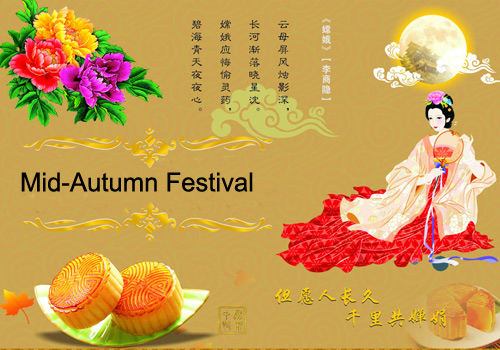
If you ask a Chinese student when 3 plus 7 will equal 8, he will most likely give you a funny answer with a sort of helpless expression: whenthe upcomingMid-Autumn Festival meets the National Day Golden Week. If you are interested, let me explain to you.
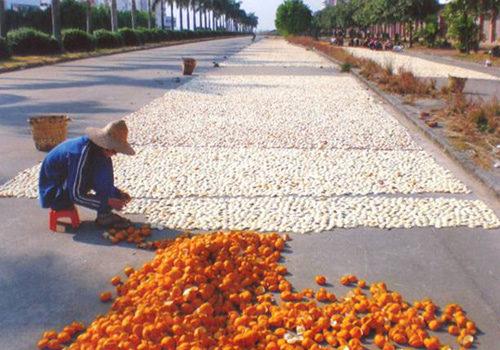
Among all flavor sensations, bitter is the one that naturally tends to be bad for us. Our taste buds for perceiving bitter flavors are hidden in the tongue root, though, they are extremely sensitive. However, Chinese seem to be particularly good at enjoying and tolerating bitter flavors. They seem to have developed the ability to appreciate both the bitter of life and foods in their struggle for a better life. Because they believe, there are richer flavor sensations hidden behind bitter. The usage of bitter not only exists in food material, but also in various seasonings, for instance, dried orange peel (Chinese: 陈皮, Chenpi).
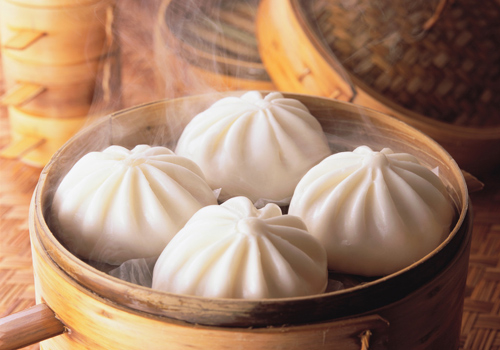
In comparison with western cuisines which employ fresh material without cooking, Chinese cuisines pay more attention to the appetizing color, scent, flavor, shape and utensils. Apart from the food material, cooking ways are more important. For over 8000 years, Chinese chefs have experienced three significant leaps from boil to steam, and to fry, the common essence of which are all the regulate and control between water and fire. To accomplish all the conceptions in a dish, each Chinese chef is a magician who can play the game with water and fire supremely well. Up to now, Chinese is the only nation in the world who masters the skills of both steam and fry.
A Bite of China- Power of time on sausage
2012-08-09 | China Food
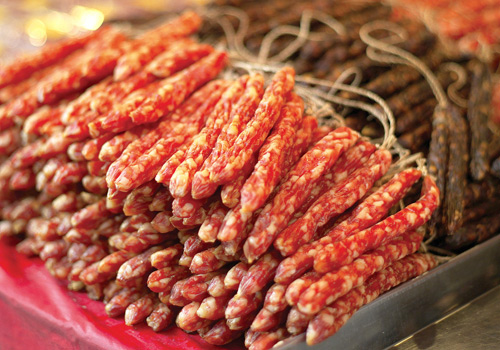
In terms of preserving food, the intelligent Chinese had already invented various ways in the remote ancient; curing, drying, pickling, smoking, and freezing are the most frequently used, which can not only retain the food but also created some entirely different tastes differing from the fresh. Up to this day, though modern hi-technology has been applied in maintaining the fresh flavor of the food material, the special flavors of Chinese food that recreated by the time by means of traditional ways of food-keeping are still obsessing for people as a indispensable part because they are both the tastes of ones hometown and some kind of emotions of the traditional Chinese culture.
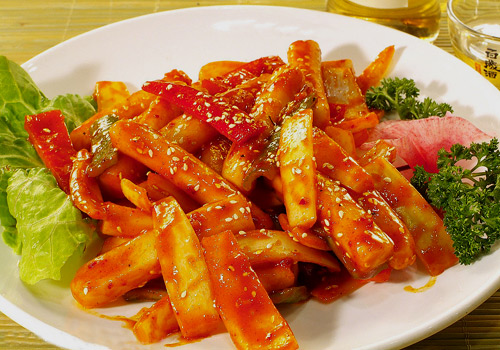
Staples are not only the main food on the table of Chinese people but also the main source of their energy. Divergent staples vary from regions to regions, ranging from wheat in the northern China to rice in the southern China. But whatever they are, staples always play a profound impact on people's understanding of the ever-changing seasons, and in the meanwhile make their life much bountiful, healthy and charmed.
A bite of China – A Taste of Chinese Noodles
2012-06-18 | China Food
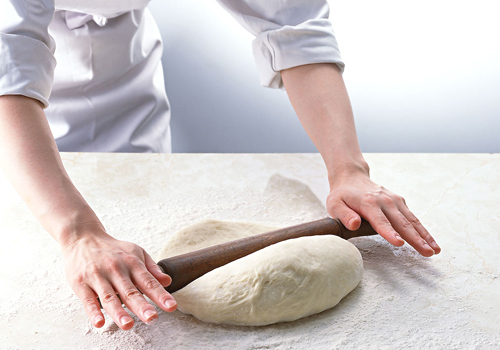
Chinese Noodles has a history of 4,000 years according to an archeological discovery in Qinghai Province where a 50-centimeter-long noodle made of millet was unearthed. Eating Noodles is a part of birthday celebrations in China. Long noodles stand for longevity in Chinese culture. Noodles are regarded as the staple food in North China and usually served as breakfast in South China. The reason lies in the two agricultural patterns in China: wheat and millet are mainly produced in North Chinawhile rice is mainly produced in South China. Chinese Noodles are generally made from wheat flour, rice flour, tapioca starch or any kind of starch, with eggs, peanuts, meat, shrimps, vegetables and so forth as ingredients. The most common noodles are wheat flour noodles and rice noodles.




